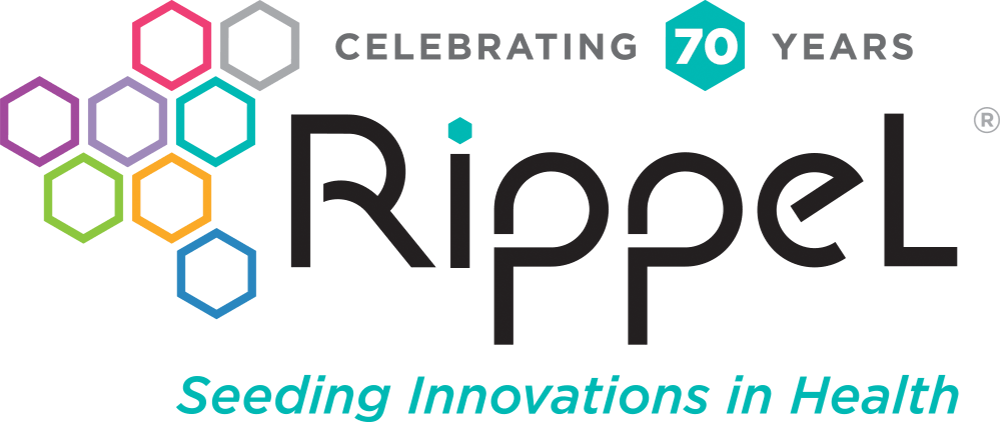The Stew BLOG
When Designing Resident Engagement Practices, Local Context Matters
This is part 4 of a 4-part resident engagement blog series.
When I am asked for advice about ways to approach resident engagement, I often hesitate to say anything. Not because I don’t have the experience or ideas that come from working with multisector partnerships and their resident leaders, but because people often are looking for a one-size-fits-all answer and/or a quick way forward. And my experiences have taught me that success in engaging residents depends on local context, including history, commitment, and budget. Although it would be nice if I had a bag of magic tricks to engage residents, in real life, only those people with the experience of living and working in the specific communities can develop appropriate strategies.
In my previous three posts, I shared what my colleagues and I learned from our interviews with more than 50 people from organizations leading resident engagement work in different communities. Those posts discussed how the most successful resident engagement efforts keep three approaches in balance, and help residents experience belonging, trust, and power. In this final post of the resident engagement blog series, I make the case that local context matters when multisector partnerships determine how to best apply these ideas to their work. And, sometimes, that context may vary down to the neighborhood level within the regions they serve.
Partnerships often invite ReThink Health to help with resident engagement because of our commitment to advancing stewardship at the regional level. We believe our responsibility is to support the people who are doing the work in making their own choices, based on their own contexts. We also go in with the intention to learn more about stewardship, and to share our findings broadly. In this spirit, ReThink Health has had an exciting opportunity, over the last two years, to work with community leaders from the Way to Wellville initiative in Spartanburg, South Carolina. After winning the Robert Wood Johnson Foundation’s Culture of Health Prize in 2015, the initiative decided to conduct a deep listening campaign in five neighborhoods. The goal of the campaign was to understand what really matters to the residents regarding health and well-being, develop strategies for action, and identify new resident leaders to work with in the future.
ReThink Health has coached partnerships through many listening campaigns in the past, so we were glad to work with Way to Wellville leaders to co-design an approach that seemed reasonable and applicable to their context and goals. Together, we recruited and trained resident leaders from different neighborhoods so they could learn the necessary community organizing skills to conduct the listening campaign. We all believed and agreed that a single approach would work in all the neighborhoods. When these residents started putting their skills to work in the campaign on the ground, however, we discovered that every single neighborhood required a somewhat different approach in order for the listening campaign to be successful.
Sometimes there were small things to consider, like ensuring the time of the listening sessions worked for residents’ schedules, and sometimes there were much bigger issues, like racial tensions or differences in perspectives about neighborhood boundaries (city administrations use geographical definitions while residents’ definitions depend much more on tradition and belonging). In the end, Way to Wellville was able to adapt the campaign to each context, and as a result was better able to gather more complete information needed to work with residents on addressing barriers to health and well-being (not just the thoughts of some residents from some neighborhoods).
Getting to that complete picture can be tricky, but one way for partnerships to pursue it is to pay attention to bringing more of the local context forward. Here are some ways to do that, based on what we’ve seen while working with partnerships in the field.
Pay Attention to History
In any region, it is critical to understand how past decisions affect and influence present circumstances. Although you and your partnership don’t (or you shouldn’t) feel responsible for any of the history (unless you actively participated in it), ignoring its existence could affect your ability to work in partnership with residents and build trust.
I learned this through our work with Dr Mindy Fulilove in Orange, New Jersey. Mindy authored the book Urban Alchemy and founded University of Orange, a unique and completely people-driven university where residents have a space to teach and learn from one another so they can create healthier and more equitable cities. The first time I visited Mindy in Orange, she took me on a long ride through the city and told me the story of the place with all of its glory and injustices.
My first impression of Orange was that it’s a cute little town near New York City and the place where the motion picture camera and alkaline batteries were invented at Thomas Edison’s Laboratory. It was surprising when the stories that Mindy was sharing suggested a less than perfect past. She shared stories of urban displacement and segregation, and of racial tensions and discrimination. Like wise leaders in many places, Orange’s leaders are making progress while also understanding that the past might be impacting residents’ sense of belonging, trust, and power today. This new, more complete perspective and understanding of the city gave clarity and focus to our work and informed the approach we could take to restore trust and sense of belonging.
Some people will find that learning the history of a place (or even a version of the history shared from a different perspective) could make them feel uncomfortable, but finding the courage to hear it and having the love and wisdom to understand it can increase your chances of meaningfully engaging and working with all residents.
Be Continuously Present
Communities run on a different, often longer, timeline than our circumscribed projects or initiatives. People don’t live, work, and play on a project’s one-to three-year budget cycle. We’ve seen over and over again that residents become confused and may disengage if they feel like organizations view their community like a temporary project, with fluctuating priorities and frequent turnover among the professionals who interact with them.
I will never forget one of the community trainings ReThink Health did with resident leaders from Creating A Healthier Niagara Falls. As part of the training, we went on a walk through the neighborhoods to discover places that people are proud of and places that they want to make better. At some point, we ended in front of the completely abandoned and ruined building of Highland Community Center. For many people in the group, the Community Center brought back joyful memories from their childhoods and a sense of belonging to the community that once existed there. We noticed that, behind us, a woman was taking a video with her phone. Two of the resident leaders from our group asked her why. She said that she was collecting videos of groups and organizations coming to see the ruined community center, promising solutions, and never coming back to do anything about it.
After explaining that this was actually a local partnership and that it was going to stay involved for a while, we got her attention. We invited her to join our meeting the next day, which she did, and a couple of weeks later, she organized a huge street event with more than 100 neighborhood residents demanding revitalization of the Highland Community Center. Her name is Keyona Dunn and she is still engaged with a local organization as one of the prominent resident leaders.
Allocate Enough Financial Resources to the Work
Another way to bring local context forward is to allocate an appropriate amount of financial resources to support your resident engagement efforts. As Hector Lara of the South Stockton Promise Zone said when we worked through the California Accountable Communities for Health Initiative (CACHI): “Budget is the ultimate and real reflection of your values.” A reasonable investment in resident engagement will signal how serious and committed you are to a real partnership with residents, and it will allow you to implement a variety of resident engagement practices. If you decide to spend less (or nothing) on resident engagement now, it can increase the costs or even impact outcomes later. There are many examples of failed initiatives or programs that were completely rejected by residents due to lack of investment in building trust and active resident leadership from the beginning.
All of that said, if your partnership is not able to make a reasonable investment right now, you can still begin the process. You could start by showing up at the meetings, events, and community gatherings, building relationships with resident leaders or partnering with other organizations who are doing the resident engagement work. This will build your capacity over time and help you better understand the context when you are ready to invest what’s needed.
It is important to be aware, when deciding what is appropriate, that building long-term relationships and trust with residents can require budgeting for things that aren’t necessarily among your immediate organizational priorities, such as providing grants to residents interested in creating and leading engagement initiatives, hiring new people or organizers from the community, or training and capacity- building activities. Whatever you do, be careful not to impose your own bureaucratic structure on residents, since this can contribute to perpetuating local inequities. (Here are a few tips on how local funders can avoid this situation, developed by Vu Le, executive director of Rainier Valley Corps from Seattle.)
***
The complexity and magnitude of multisector partnerships’ goal to transform health systems for the benefit of all residents requires that, at every step of the way, those doing the work maintain a learning mindset. Our goal for this blog series has been to support those who seek to design resident engagement efforts with a better understanding of what contributes to success. Our resident engagement work will continue and, in the near future, we will share even more examples and stories of effective resident engagement practices. We also will explore specific strategies related to supporting active resident leadership as a means to activate the community. Finally, we will continue to explore what kind of internal and external challenges and barriers partnerships and organizations face when they want to co-produce health and well-being with residents, and to identify strategies for overcoming them. Please feel free to ask questions and share feedback with us below.

